The U.S. Dollar Index (DXY) has experienced a sharp decline over the past few months, dropping to the 101 level a level Morgan Stanley had forecasted for the end of 2024 but which was reached earlier than expected. This decline reflects the dollar’s loss of several key support factors, notably the narrowing interest rate differential between the United States and other major economies, as well as growing market expectations that the Federal Reserve will embark on a deeper cycle of rate cuts than previously anticipated.
Data from the deVere Group also indicate that the dollar may continue this downward trend, potentially declining by an additional 10% over the next twelve months one of the largest annual drops in more than a decade. These forecasts align with the trajectory of the Dollar Index, which has already begun breaking through key technical support levels, suggesting continued selling pressure.
All three institutions agree that Federal Reserve monetary policy will be the primary driver of the dollar’s direction in the coming period. Both Morgan Stanley and deVere expect the Fed to keep interest rates unchanged through the first half of 2025, followed by a gradual easing of up to 175 basis points by the end of 2026.
This anticipated easing is likely to put downward pressure on U.S. Treasury yields, especially the 10 year notes, which analysts believe are nearing their peak. Lower yields will reduce the dollar’s attractiveness relative to other currencies, particularly as currencies like the euro and Swiss franc maintain their appeal as safe haven assets during global slowdowns.
Morgan Stanley forecasts a clear slowdown in U.S. economic growth over the next two years, with real GDP expected to drop from 2.5% in 2024 to just 1% in 2025 and 2026. This weakness is attributed to trade pressures, tightened immigration policies, and a lack of meaningful fiscal or regulatory support.
Meanwhile, deVere points out that political uncertainty especially regarding trade heightens concerns among international investors and prompts them to reconsider the dollar’s role as the primary reserve currency. This erosion of confidence could directly impact capital flows and weaken the dollar’s position in global institutional and investment portfolios.
Bank of America has observed a seasonal increase in institutional demand for the dollar by corporations toward the end of the month, a typical technical pattern, though it has not been sufficient to reverse the overall trend. Conversely, hedge funds continue to sell the dollar, albeit at a slower pace, while long-term investors remain cautious, awaiting clearer economic policy signals.
Given these factors, signs are emerging of a shift in market preferences, with increased demand for safe haven currencies such as the euro, yen, and Swiss franc amid expectations that these currencies will benefit from continued dollar weakness. Some investment portfolios are also reallocating assets toward emerging markets, which may find opportunities to boost financial inflows thanks to the weaker dollar.
Stay informed about global markets through our previous analyses. and Now, you can also benefit from LDN company services via the LDN Global Markets trading platform.







